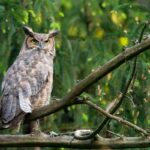
by Fred Bouchard
With its regal size and stern, brow-knit mien, the Great Horned Owl (Bubo virginianus, GHO) stands as not just a sagacious symbol of wisdom but as a fearsome, widespread nocturnal raptor. Its namesake horns, conspicuous 2-inch erect ear tufts, help triangulate aurally on prey. Aptly called a “tiger among birds” by ornithologist Frank Chapman, these owls once raided chicken coops. Today they are the scourge of smaller birds (even smaller owls) and suburban mammals like rabbits and rodents.
And therein lies their unique vulnerability. As apex avian predators, owls—along with hawks and eagles—are subject to being victimized by man’s unrestrained usage of poisons to curb rodent infestations. This subject has been widely discussed in the media of late, and more urgently locally. Recent Great Horned Owl deaths by rodenticide poisoning in Belmont were reported in November from Habitat Sanctuary (11/7) and a Cushing Square residence (11/17). [A dead hawk was also found on December 16 in a Prospect Street backyard. As of this publication, SGAR rodenticide poisoning is suspected, but testing is still ongoing. – Ed]
My home is about equidistant between those points; I’ve seen and heard owls often over the last year. I wondered out loud to neighbors: “Would the owls ever visit our street again?”
Great Horned Owls’ range is the widest among all Western Hemisphere owls: bicoastal from Canada throughout Central to Tierra del Fuego in southern South America. In the Bay State, they’re absent only on the islands. Inhabitants of deep woods and forests, Great Horned Owls are opportunity nesters, squatting in abandoned crow, hawk, or squirrel nests. Despite their size, averaging nearly two feet tall, they’re heavily camouflaged by dark barring, and thus infrequently spotted by day (with insider tips and much patience) in deep coniferous woods at Belmont’s Mass Audubon’s Habitat Sanctuary, Arlington’s Menotomy Rocks Park, Woburn’s Horn Pond, and Newton’s Cold Spring Park. Only four were recorded on the 2023 Greater Boston Christmas Bird Count, but six on 2024’s count: a pair duetting at Habitat, and four in the Fells.
My personal sightings of Great Horned Owls in Middlesex County have been limited to a pair that inhabited the spruce dell in Mount Auburn Cemetery (2014-18) and rare crepuscular glimpses from our Winn Brook home. Of interest may be recent E-bird entries, in my case mostly midnight audio analyses from second-floor windows. Here they are:
10/1/2023, 2:45-3:15 AM: Mellow duo across Cross Street, hooted on minor third (C to E), call and response, with dissonant overlap. Tempo moderato (quarter note = 75); decibels low (20-25). Occasional triplets. Eventually, lower voice dropped out or moved on, and upper voice settled into three-note legato sequences with longer rests.
10/29/2023, 1:25, 4 AM: [Musical notation from middle C]: 1:25am: Owl 1: G, G’, rest. Owl 2 (faint): G, G’, rest, rest. Pause; repeat, 6-7 times. 4:00am: Owl 1: G, G, G, rest. Owl 2 (faint): B, B, [B], rest. Pause, repeat, with variations, 2-3 times.
11/5/2023, 4:45 AM: Musical notation of brief dialogue out window: owl #1: triplets on G; owl #2: minims on A. My impetuous, unfortunate vocal ‘imitation’ out the window drew—silence.
11/29/2023, 4:40 PM: Clear dusk. I hear “my local” GHOs outside the window, unusually early. Go to front yard to hear clearly. Call my neighbor Harry over as he parks next door. I point out the owls’ distinctive triplet, one low / one a third higher (say, C / E). As we listen, one flies in silhouette to the top of a 40-foot spruce not 50 yards down the street. Within seconds, the other flies beside the first: then they mate with a flap of wings for eight to ten seconds. Harry and I look at each other in astonished disbelief and high-five!
12/20/2023, 3:15 AM: Woken from light sleep to now-familiar “huh-HOO-HOO-huh” of season’s GHOs, continued in duo with mate slightly softer (further off?) until 3:30 AM. I run to windows, but they are likely in spruces (between Farnham and Alexander Streets) where they were last heard and seen. [Daytime scouting reconnaissance came up empty.] The near owl moves away, but I note a softer duo until I doze off. A third bird responds farther off.
1/6/2024, 2:30-3 AM: Epiphany hootenanny! Two or three GHOs 5-hooting antiphonally on C & E, often overlapping. Not spotted by silhouette in bare deciduous trees, but may be in the facing tall spruces. [Note: a few brief hearings in the interim, including a single, blood-curdling scream from either a known nesting Red Fox vixen or a GHO. A 60-foot Norway maple, situated 50 yards behind my house, was felled in July; its absence likely altered the dynamics of owl perches and communication, though GHOs favor conifers.]
10/27/2024, 4:45 AM: 40F, still, clear, pre-dawn. Through ajar bedroom window, I clearly hear quavery but measured low hoots that send chills up my back. GHOs every 12-15”: triplet, quarter-note, quarter-note. Overlapping 1/2 tone above second owl. A third owl, almost subliminal, calls further off. Initially I go to front window, where I heard an owl two weeks ago. Dialog continues, unhurried, for several minutes: hiatus; then sporadic. I doze off, then wake to a position shift: one nearer, in duet with one further off: same pattern, but whole tone higher.
In mid-November, we were enlightened by a Beaver Supermoon, so-called because it’s the darkest and chilliest month of the waning year, when beavers refresh their lodges. Normally a spur for owl activity, it proved locally disappointing, with nary a hint of a hoot in my environs over three long, shining nights. Were the local owls silenced by extreme drought (30% humidity) and unseasonable temperatures (45o at 3 AM), caused by elevated atmospherics? Were they decimated by relentless, thoughtless—and ultimately counterproductive—rodenticide use?
In the wee hours after The Big Rain (11/22), I was woken by a brief kerfuffle among American Crows that may have been triggered by a large owl, possibly a Great Horned Owl or Barred Owl. Will we hear them again?
Belmont Acres farmer Mike Chase reported a pre-dawn GHO hooting in the Payson Park neighborhood on 12/9; he heard it again during the night, and next morning discovered the remains of a rabbit—not likely a fatal dinner for that lucky owl.
Fred Bouchard is a member of the Belmont Citizens Forum Newsletter Committee and a semi-centennial member of the Brookline Bird Club.
Shawn Carey is a globetrotting nature photographer and videographer; his avian portraits have graced all six recent BCF Newsletter bird essays. View his work at migrationproductions.com.

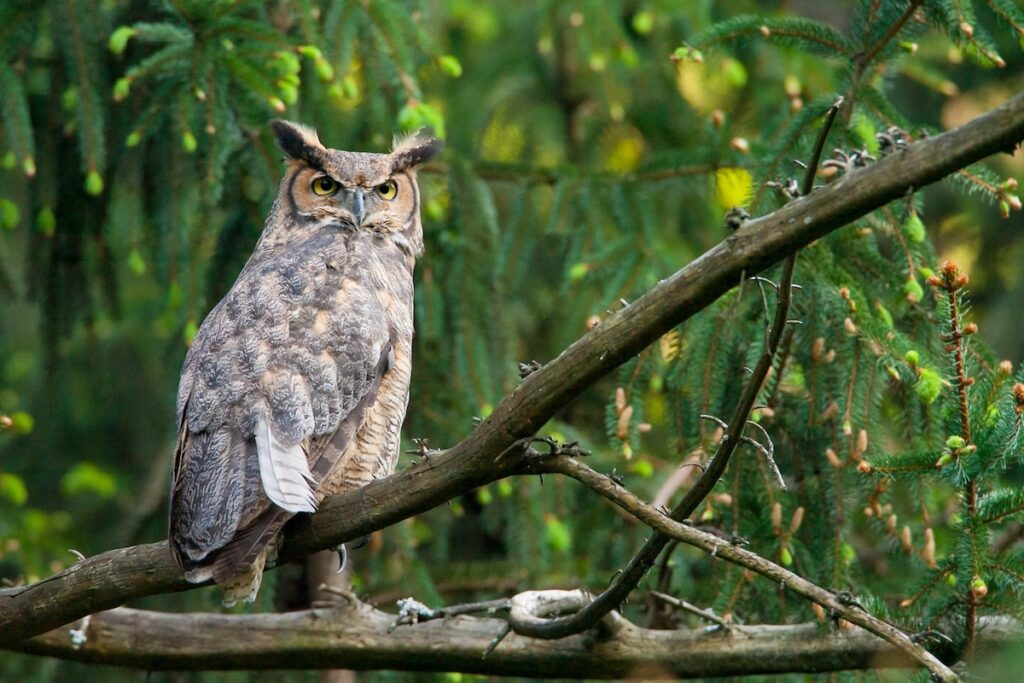
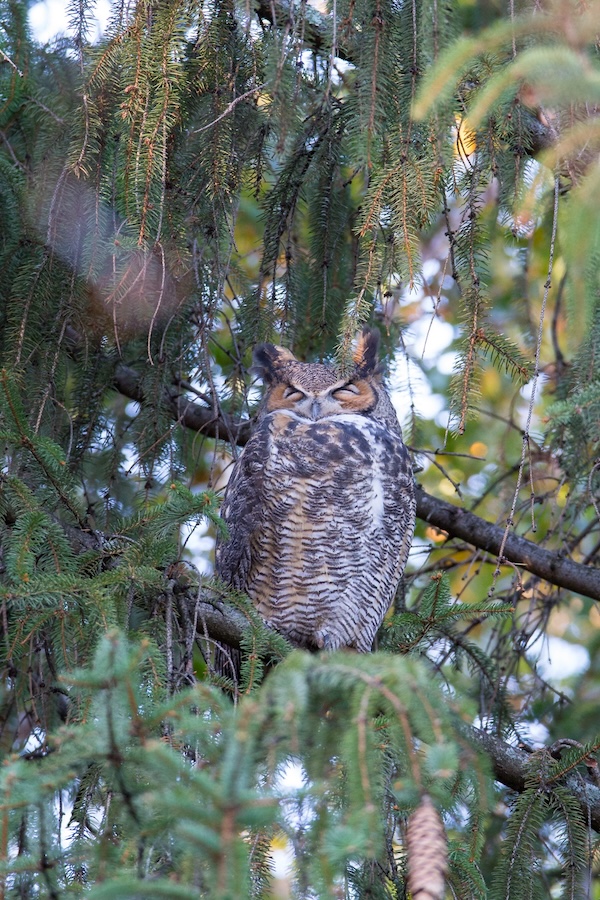
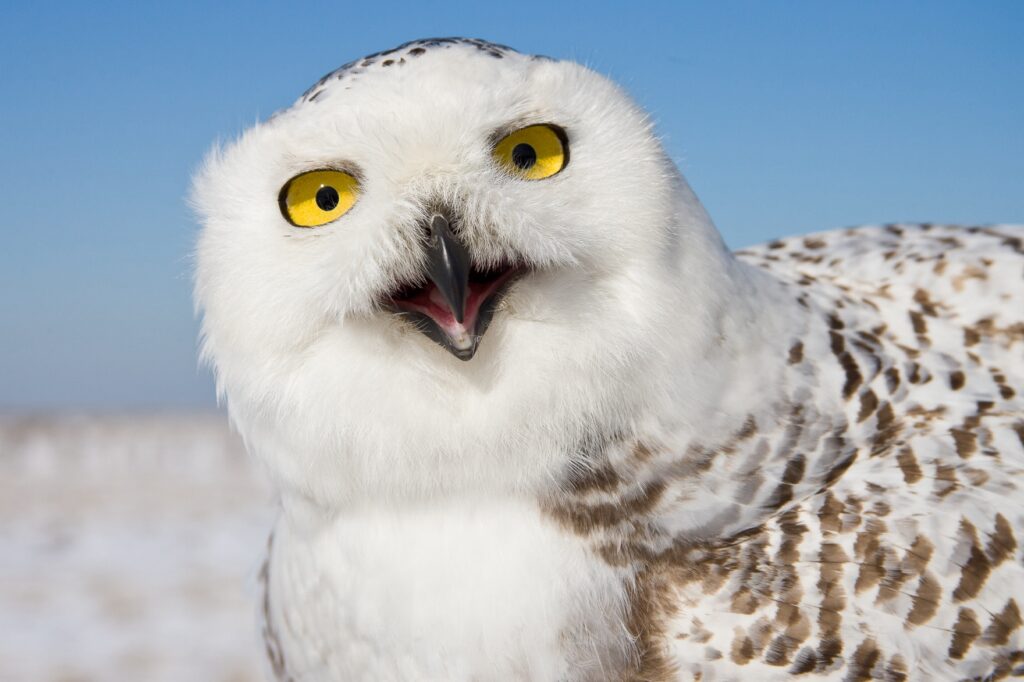
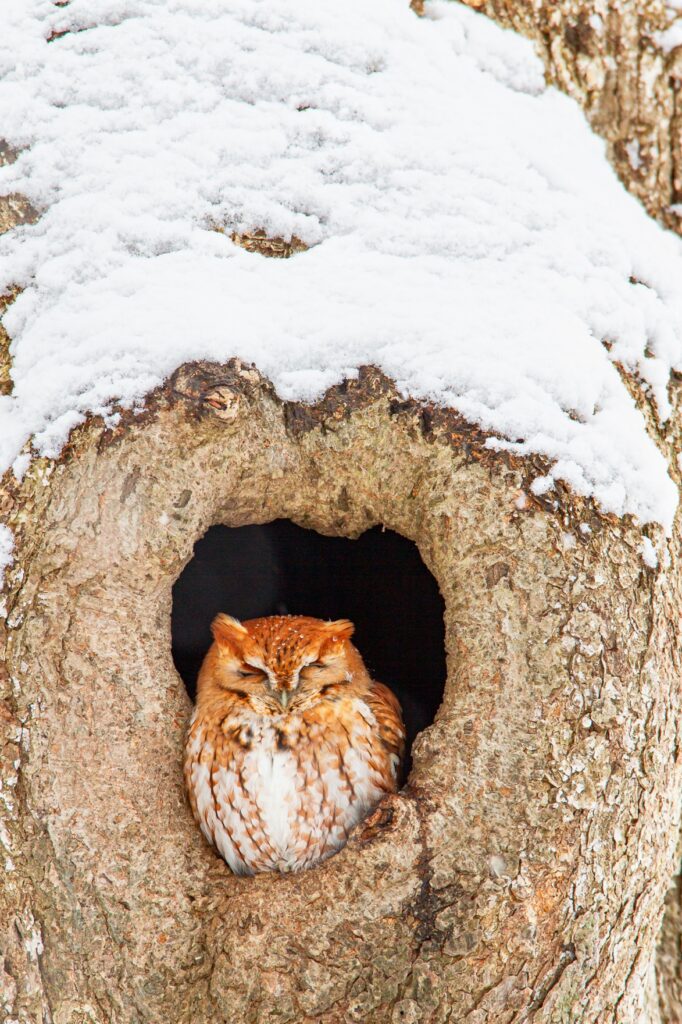

Sorry, the comment form is closed at this time.